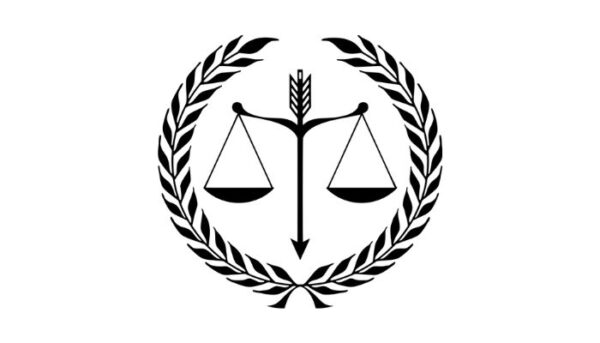***Navigating the Legal Landscape in the United States: A Comprehensive Overview***

The legal system in the United States is a complex and dynamic framework that plays a pivotal role in shaping the nation’s governance. Understanding the intricacies of U.S. law is crucial for residents, businesses, and anyone navigating the American legal landscape. In this article, we will delve into key aspects of the legal system, providing a comprehensive overview.
1. The Foundation: The U.S. Constitution
The cornerstone of American law is the U.S. Constitution. Ratified in 1787, this document establishes the framework for the federal government and delineates the separation of powers among its branches. The Constitution outlines fundamental rights, including freedom of speech, religion, and the right to a fair trial.
2. The Federal System: Dual Sovereignty
The U.S. operates under a federal system with dual sovereignty – meaning both the federal government and individual state governments possess distinct powers. This dual structure ensures a balance between centralized authority and state autonomy. Federal laws, governed by Congress, coexist with state laws, allowing for a nuanced legal landscape.
3. Branches of Government: Checks and Balances
The U.S. government consists of three branches: the Executive, the Legislative, and the Judicial. Each branch holds specific powers, ensuring a system of checks and balances. The President heads the Executive branch, Congress legislates, and the Judiciary interprets laws, preventing any one branch from becoming too powerful.
4. The Role of Common Law and Precedent
The U.S. legal system follows the common law tradition, where judicial decisions set precedents for future cases. Courts interpret statutes, regulations, and the Constitution, shaping legal principles through the cumulative body of case law. This reliance on precedent contributes to the stability and predictability of the legal system.
5. The Judiciary: Federal and State Courts
The federal judiciary comprises the Supreme Court and various lower federal courts. Additionally, each state has its own court system. The Supreme Court serves as the highest authority, with the power of judicial review to ensure the constitutionality of laws. State courts handle matters not falling under federal jurisdiction.
6. Legal Education and the Bar Exam
Becoming a lawyer in the U.S. involves completing a Juris Doctor (JD) degree from a law school accredited by the American Bar Association (ABA). After graduation, aspiring lawyers must pass the bar exam in the state where they intend to practice. This rigorous process ensures a high standard of legal expertise.

Navigating the legal landscape in the United States requires an appreciation for its constitutional foundations, federal-state dynamics, and the role of the three branches of government. Whether you are a legal professional, a business owner, or an individual, understanding these fundamental aspects empowers you to engage with the legal system effectively. Stay informed, be aware of your rights, and contribute to the ongoing dialogue that shapes the American legal framework.

